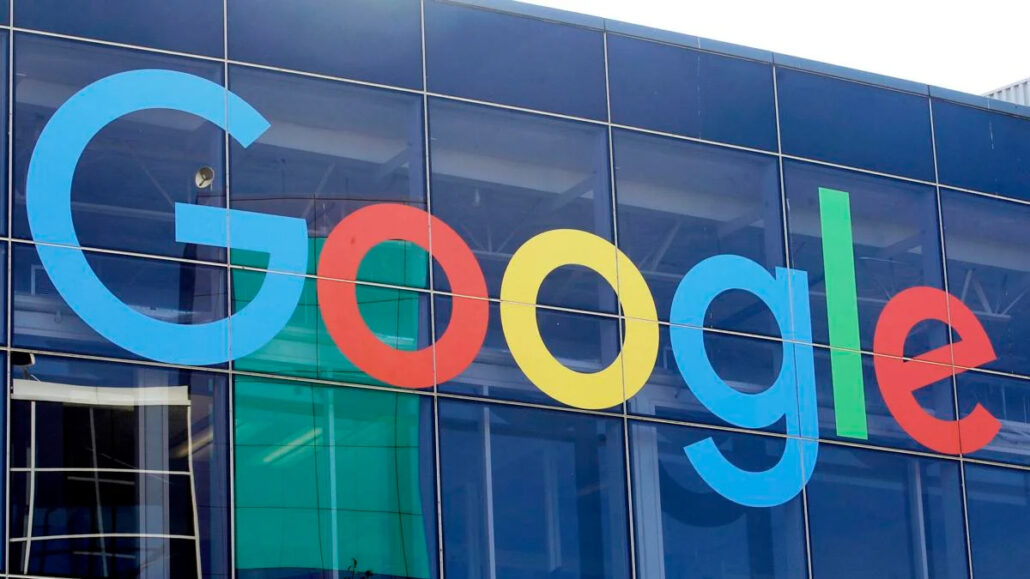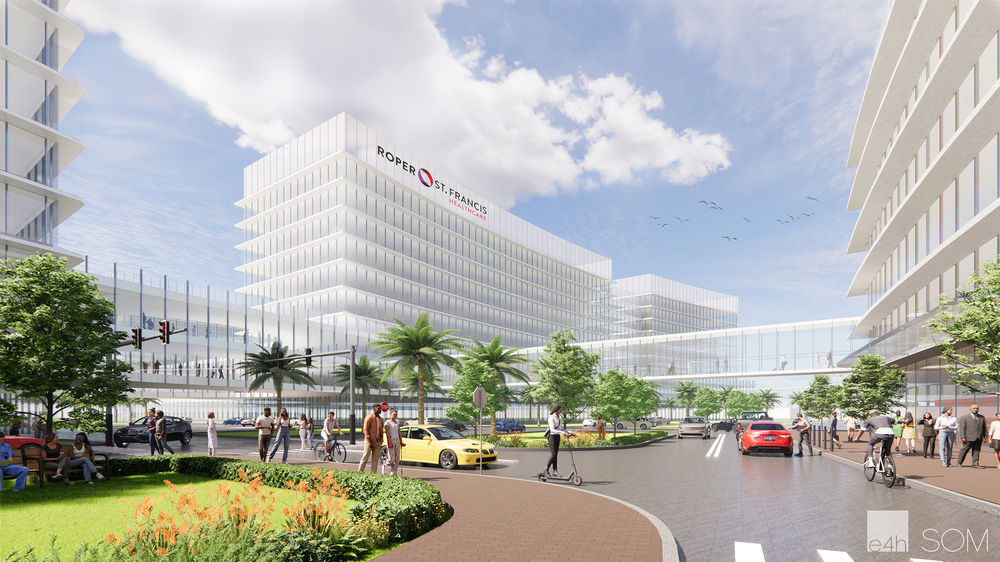MARKET SNAPSHOT
$1,791 3Q 2024
93.2% 3Q 2024
1,354 [YTD: 3,613]
0.7% 3Q 2024
0 BASIS POINTS
2,017 [YTD: 4,576]
Year-to-date, the Charleston apartment market has displayed solid renter demand as net absorption in the first three quarters has already surpassed the total annual demand seen in both 2022 and 2023.
With rental demand surging in 2024, the local occupancy rate in Charleston’s apartment market has stabilized, holding steady at 93.2% over the past four months.
In August 2024, the Charleston metro area experienced strong economic growth, adding 17,900 jobs—a 4.3% year-over-year increase, according to the Bureau of Labor Statistics (BLS).
1,354 UNITS
[YTD: 3,613]
The strong summer leasing season in Charleston offers optimism for multifamily operators as 2024 nears its end. Despite a significant influx of new units, rising population and household growth continue to fuel apartment demand. Notably, net absorption in the first three quarters of 2024 has already exceeded the total annual demand of both 2023 and 2022.
2,017 UNITS
[YTD: 4,576]
Charleston’s apartment inventory has increased by nearly 27% since 2024, which, despite positive absorption, has resulted in lower occupancy rates due to the surge in new supply. Currently, about 3,800 units are under construction, but new construction starts have fallen below pre-pandemic levels due to high interest rates making projects less viable. This decline in construction activity is expected to ease supply pressures, with fewer projects now leading to fewer completions by late 2025.
Charleston has seen increased renter activity in the latter half of 2024, holding the occupancy rate steady at 93.2%. Net absorption surpassed 1,300 units in the third quarter, the strongest Q3 performance since 2021. Despite a record 6,000 units projected for completion in 2024, the construction pipeline has slowed, with a decline in starts over the past year signaling fewer completions in 2025 and early 2026. Among Charleston’s eight submarkets, five reported stable or rising occupancy rates. Daniel Island led with a 250-basis-point increase year-over-year, followed by North Charleston with a 100-basis-point rise.
The Charleston apartment market is closely tracking broader U.S. trends, with rent growth facing challenges due to the substantial influx of new units in recent years. As of the third quarter of 2024, Charleston recorded a modest 0.7% year-over-year rent increase, raising the average rent for new leases to $1,791. Nearly all submarkets experienced rent growth in Q3, led by Outlying Dorchester County with an impressive 15.6% increase, this being the only submarket without new completions in the past 12 months. In contrast, the more expensive Johns Island/West Charleston submarket, where rents average over $2,000 per month saw a 3.1% decline year-over-year.
In August 2024, the Charleston metro area experienced strong economic growth, adding 17,900 jobs—a 4.3% year-over-year increase, according to the Bureau of Labor Statistics (BLS). The Professional and Business Services sector led the expansion with 4,100 new positions, a 6.2% rise, followed by the Government sector, which added 2,900 jobs, reflecting a 4.2% increase. The Metro’s unemployment rate remained at 4.6% in August.
August 2024 ANNUAL JOBS CREATED
AUGUST 2024 EMPLOYMENT GROWTH
AUGUST 2024 Unemployment rate
4.2% us August rate
Nominal Change
from August 2023
to August 2024: 4,100
Percent Change: 6.2%
Nominal Change
from August 2023
to August 2024: 2,900
Percent Change: 4.2%
Nominal Change
from August 2023
to August 2024: 2,300
Percent Change: 3.0%
Nominal Change
from August 2023
to August 2024: 2,100
Percent Change: 4.4%
Nominal Change
from August 2023
to August 2024: 1,900
Percent Change: 8.5%
| Sector | Nominal Change from August 2023 to August 2024 | Percent Change |
|---|---|---|
| Professional and Business Services | 4,100 | 6.2% |
| Government | 2,900 | 4.2% |
| Trade, Transportation, and Utilities | 2,300 | 3.0% |
| Education and Health Services | 2,100 | 4.4% |
| Mining, Logging, and Construction | 1,900 | 8.5% |
| Manufacturing | 1,600 | 4.8% |
| Leisure and Hospitality | 1,400 | 2.5% |
| Financial Activities | 500 | 2.3% |
| Information | 500 | 6.4% |
| Other Services | 400 | 2.4% |

Google is expanding in the state of South Carolina with the development of two new data center campuses in Charleston, SC.

Roper St. Francis Healthcare will make an unprecedented investment in Lowcountry patients by building a new Roper Hospital Medical Campus in North Charleston.

The site is set to be transformed into a vibrant mixed-use district and regional destination that highlights and enhances the unique character of the area.
Charleston’s multifamily market is gradually regaining momentum, fueled by job growth across both blue-collar and white-collar sectors, along with a steady influx of new residents drawn by the region’s economic opportunities and quality of life. A key driver of this growth is Google’s $2 billion investment in two new data center campuses, which is expected to boost the local economy, create construction jobs, and further increase housing demand. While a surge in new apartment supply has challenged occupancy rates, the recent slowdown in construction starts will alleviate supply pressures, leading to more vigorous rent growth by 2026. With Charleston emerging as a technology hub and maintaining strong economic fundamentals, it remains a highly attractive market for multifamily investment, offering promising opportunities in the years to come.
Sources: Costar; ESRI; U.S. Census Bureau; Yardi Matrix; U.S. Bureau of Labor Statistics













